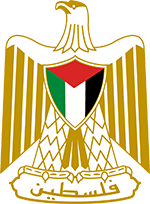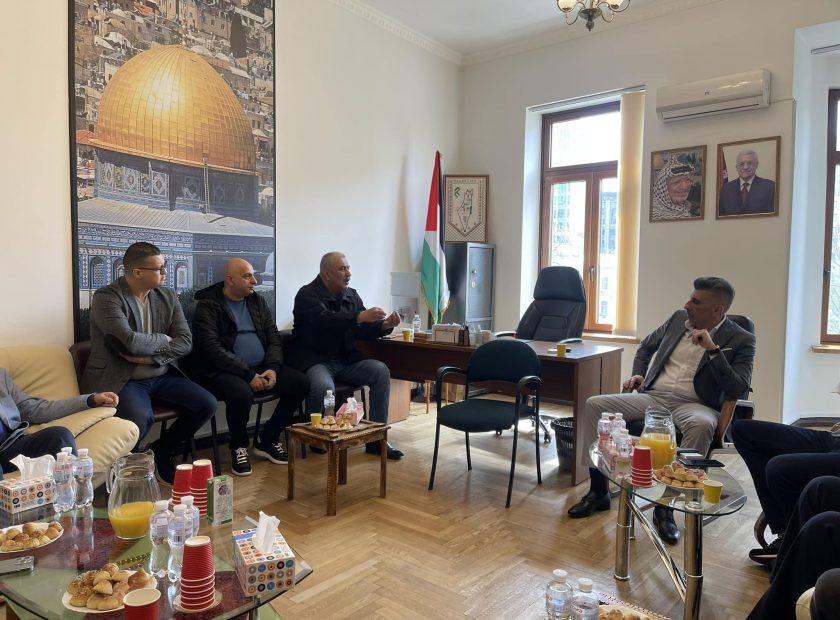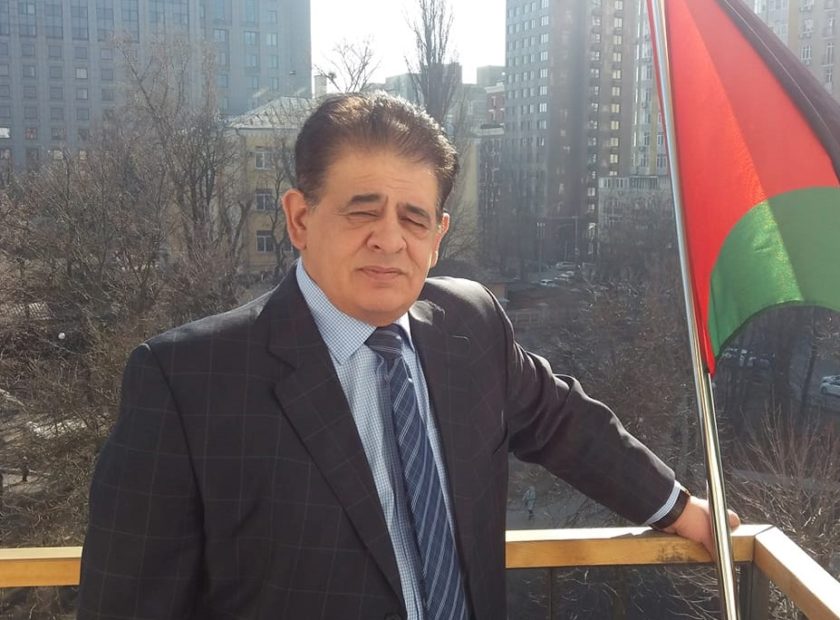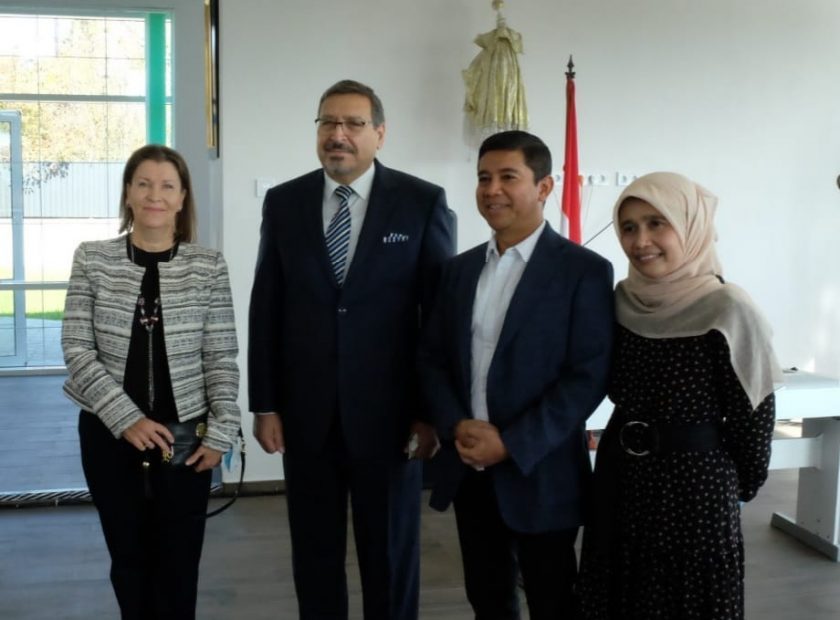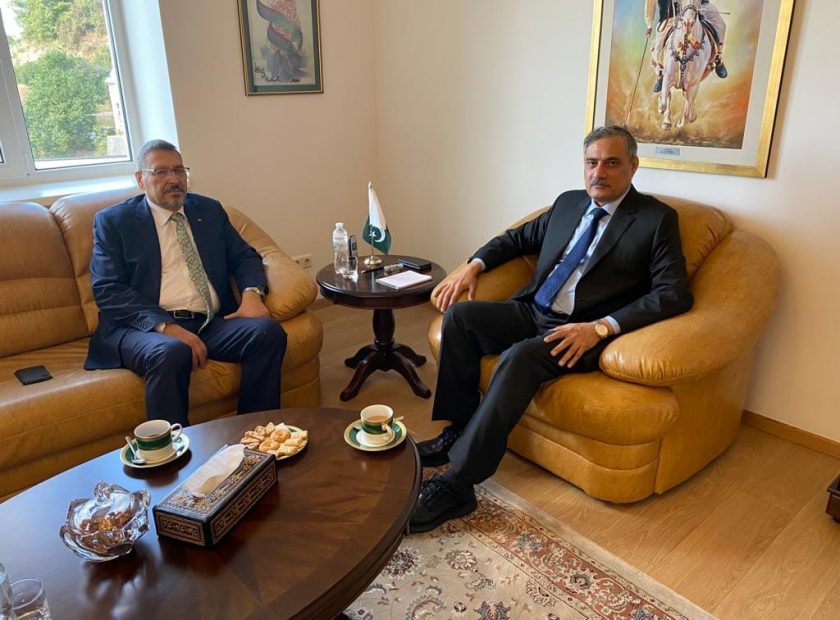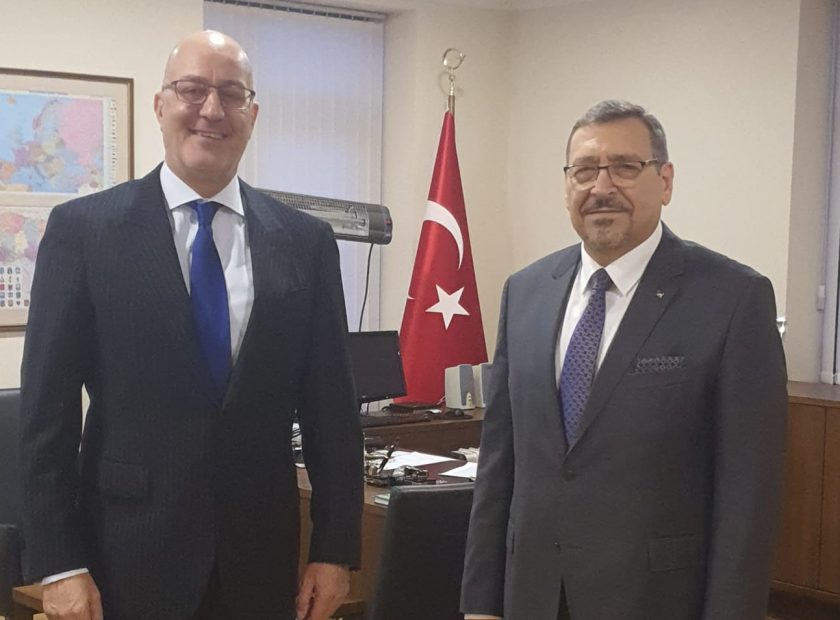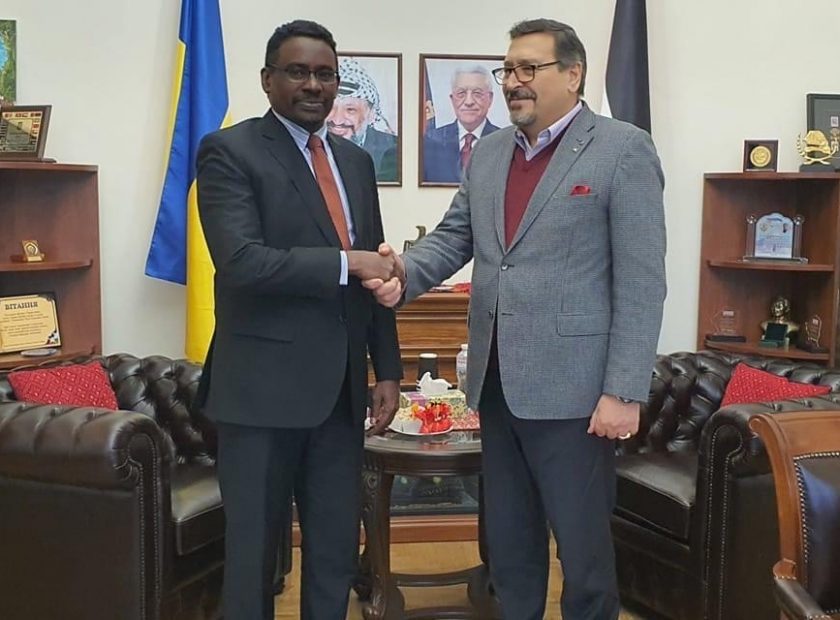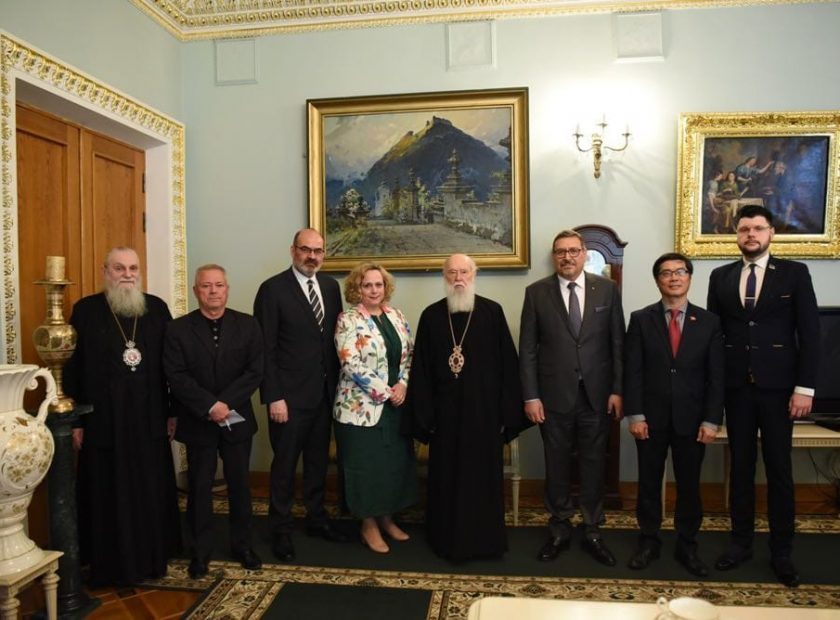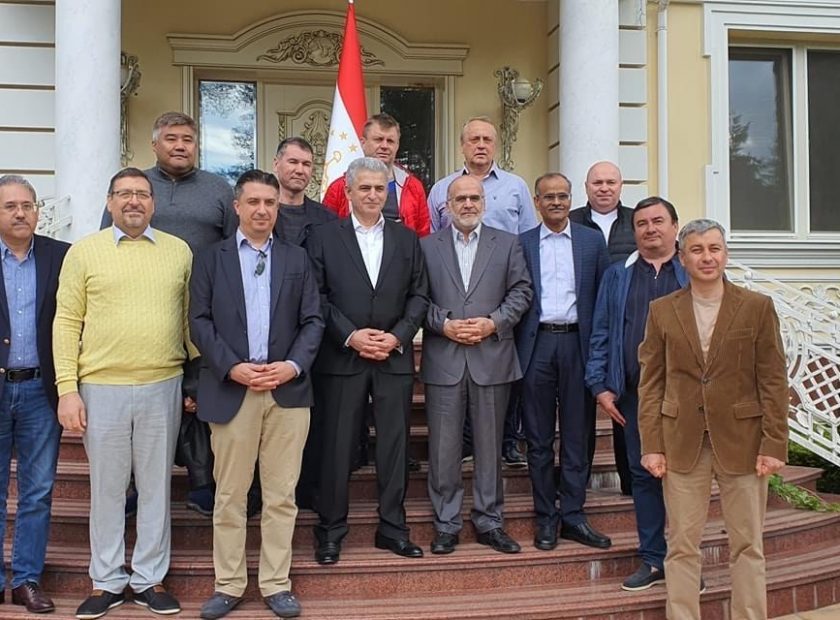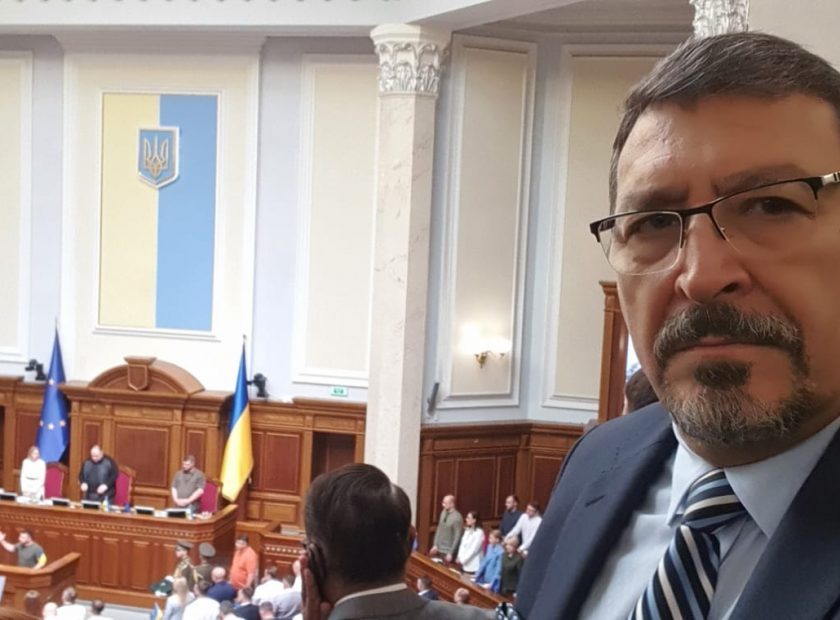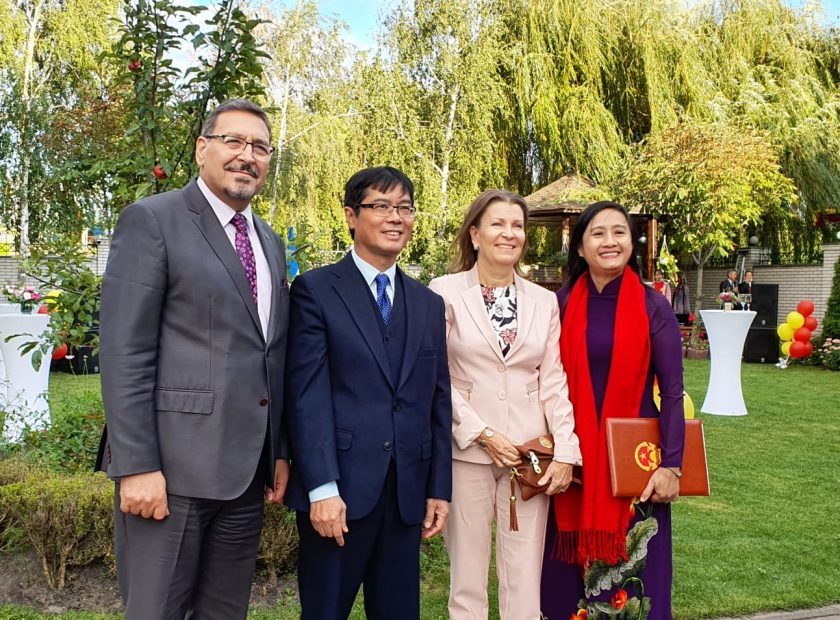Ramallah, 04/08/2023 WAFA – August 4 marks the anniversary of the birth of the martyred leader Yasser Arafat (Abu Ammar), who was born in 1929.
“Muhammad Yasir” Abdel Rahman Abdel Raouf Arafat al-Qudwa al-Husseini was born in the occupied city of Jerusalem on August 4, and is one of seven siblings. When he lost his mother Zahwa Abu Al-Saud at the age of 5, he moved to live with his father in Cairo. In 1937, he entered a private school.
Arafat lived his childhood and youth differently than all his peers and comrades. His interests differed from theirs, he was interested in politics and military affairs.
He was involved in the supply of arms and ammunition from Egypt to the rebels in Palestine, and in 1948 he fought against Zionist groups, after which he was appointed as an intelligence officer in the “Army of the Holy Jihad” founded by Abdul Kader Al-Husseini. He later enrolled in the Faculty of Engineering at King Fuad I University, now known as Cairo University, where he founded the Palestinian Students Association, of which he was elected president in 1950.
Martyr Arafat graduated from the university in 1955, after which he founded the Palestinian Alumni Association, which was the focus of much attention in the Egyptian media.
Martyr Yasser Arafat, together with the Egyptian army, participated in the repulse of the Tripartite Aggression against Egypt in 1956, served as a reserve officer in the engineering unit in Port Said.
In late 1957, Martyr Yasser Arafat, along with several of his companions, including Martyr Khalil Al-Wazir “Abu Jihad”, went to Kuwait to work as an engineer, but he devoted most of his time and effort to political activities, showing concern for the Palestinian cause. At this stage, a revolutionary cell called the Palestinian National Liberation Movement “Fatah” was created.
During that period he also worked on the publication of the magazine “Our Palestine – Call of Life”, which highlights the Palestinian cause, maintaining constant contact with Arab leaders to ensure that the movement was recognized, supported and given legitimacy until his efforts were successful. Namely, the first office of the movement was opened in 1963, and a year later the second office was opened in Damascus. He participated in the founding conference of the Palestine Liberation Organization in Jerusalem in 1964 as a representative of the Palestinians in Kuwait.
On December 31, 1964, Martyr Arafat and his comrades in the Fatah movement began the armed struggle by conducting the first military operations known as the Eilaboun Tunnel Operation. He managed to enter the occupied territory in July 1967, a month after it fell into the hands of the occupiers, via the Jordan River, to personally supervise the operations of the armed struggle against the occupiers.
Arafat led the Palestinian Revolution against the occupying forces at the Battle of Karameh in the Jordanian city of Karameh in 1968, during which he survived an Israeli attempt to assassinate him. He said of this that it “became a turning point between despair and hope, a turning point in the history of the Arab struggle and a transit visa for the Palestinian cause to its Arab and international depths.”
The Fatah movement appointed the martyr Yasser Arafat as its official representative on April 14, 1968, and in early August of the same year, he was appointed commander-in-chief of the Fatah movement’s armed forces, the Special Forces.
In 1969, he was elected chairman of the Executive Committee of the Palestine Liberation Organization, participated in the Fifth Arab Summit in the capital of Morocco, Rabat, at which for the first time the chairman of the Executive Committee of the Liberation Organization was in the first row, like the heads, leaders and kings of other Arab countries, and the Organization was given the right to vote at the summit.
After the end of the armed Palestinian presence in Jordan, Arafat moved to Lebanon and, as chairman of the Executive Committee of the Organization, took part in the Fourth Conference at the highest level of the Non-Aligned Movement, held in Algeria in 1973, when the conference decided to recognize the Palestine Liberation Organization as the sole representative of the Palestinian people and elected Arafat permanent deputy president of the Non-Aligned Movement.
After the status of the Organization was approved and it was recognized by most countries, he delivered his historic speech to the General Assembly of the United Nations on November 13, 1974, when at the end of the speech he uttered his historic phrase: “Today I have come bearing an olive branch and a freedom fighter’s gun. Do not let the olive branch fall from my hand.”
Martyr Yasser Arafat has been the subject of several assassination attempts, the most famous of which was in 1981 when Israeli forces bombed his headquarters building in Al-Faqgan in Beirut, completely destroying the building and burying more than a hundred martyrs under the rubble.
Also in Beirut, the Israeli occupation army besieged the offices of the Liberation Organization and many members of the resistance led by the martyr Yasser Arafat for 80 days, during which he demonstrated unprecedented resilience and resistance. After Arab and international mediation, Abu Ammar and his comrades traveled to Tunisia, the new headquarters of the Palestine Liberation Organization’s leadership in exile.
Israel pursued him there, intending to kill him. Eight Israeli planes bombed his headquarters in Hammam Al-Shatt in Tunisia on October 1, 1985 and completely destroyed it.
On November 15, 1988, in Algeria Yasser Arafat, in his famous speech during the 19th session of the Palestine National Council, proclaimed the independence of the “State of Palestine” with its capital in Al-Quds Ash-Sharif.
In 1989, the Palestinian Central Council elected him president of the State of Palestine. He married Suha Al-Tawil in Tunisia and had an only daughter, Zahwa.
After 27 years, Yasser Arafat returned from exile to his homeland, starting with a visit to the Gaza Strip and the city of Jericho in 1994, to his final and stable return to his homeland, after which he began the struggle to build the institutions of the Palestinian National Authority.
In 1996, he was elected president of the Palestinian National Authority, receiving about 88% of the vote, in elections that were held for the first time in the West Bank, Gaza Strip and East Jerusalem.
After the start of the Al-Aqsa intifada in 2000, he was subjected to a systematic campaign against him led by Ariel Sharon, branding him a terrorist, and in 2001, Israel forbade him from leaving Ramallah and actually began to hold him there under siege.
He was surrounded by Israeli occupation forces during the invasion of West Bank cities in 2002, along with those who accompanied him inside his headquarters in the Ramallah area. The soldiers fired shells and bullets that hit the building from all sides until the bullets reached his private room. One of his guards was killed, others were wounded. There was no retreat until the last building was blown up.
The occupiers again attacked the headquarters of the martyr Yasser Arafat and occupied the Mukataa building for 6 days, shelling it with heavy artillery, while the occupation government called for Arafat to be removed by killing, deportation, imprisonment or isolation.
In 2004, martyr Yasser Arafat’s health deteriorated. When he fell ill, the doctors decided to send him to France for treatment, where he was admitted to the Percy Military Hospital. More and more people were talking about the possibility of his poisoning. He remained there until he was martyred at dawn on Thursday, November 11, 2004.
